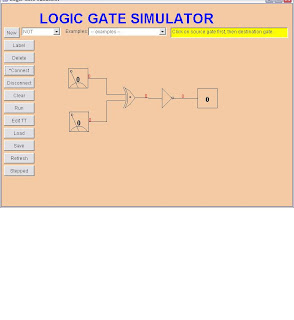In order to convert the binary number 110010101 to decimal you must first start with the very last number (1). You then multiply this number by two to the power of 0, which is 1. You then continue to work your way from right to left and multiply by two, but increase the power from 0 to 1 and then 1 to 2, etc. Once you have done this for all of the numbers, you then add all of your answers together. So the answer for the binary number 110010101 would be 405 in decimal.
In order to convert the decimal number 529 to binary you must first divide that number by 2. Since 529 is indivisible we get a 1 for the first answer. We then subtract 1 from 529 to get 528. You then divide 528 by 2 to get 264. Since it was divisible by 2 you mark down a 0. Divide 264 by 2 and get 132, so we write another 0. You continue this process until you cannot divide or subtract anymore. The decimal number 529 in binary is 10001000011.
The difference between positional and non-positional number systems is the bases are different.




